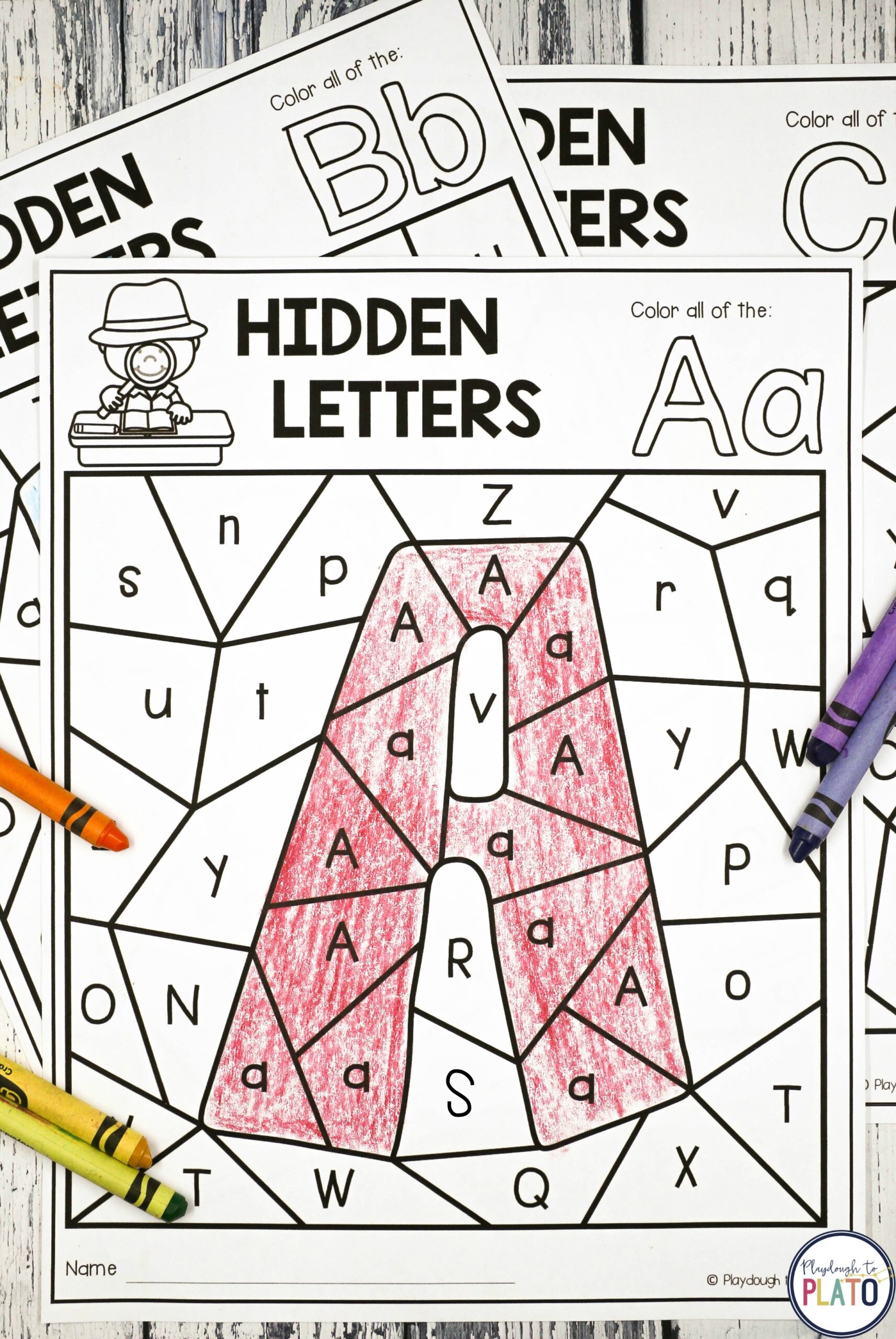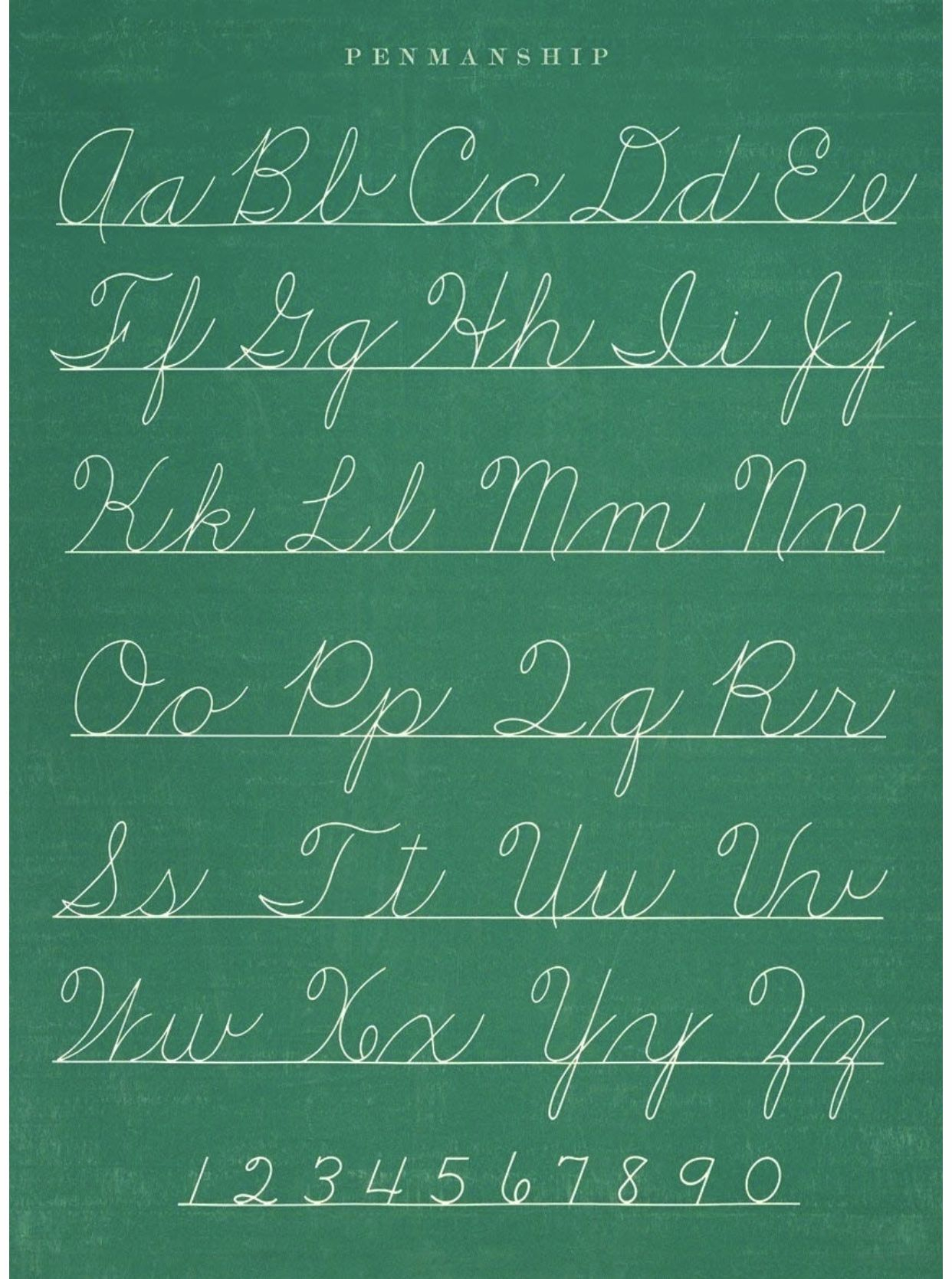

à – contraction between the preposition a and the definite article a.In Portuguese, the grave accent only denotes contractions, namely While the ó in avó produces an open vowel sound, the ô in avô produces a slightly more closed-vowel sound. You’d stress both words on the last syllable, but there is still a difference in how you’d pronounce both words. Take the same word avó as before, and also the word avô (grandfather). The circumflex, as the acute accent, indicates syllable stress and vowel height. Both words have exactly the same letters, but while in avo you stress the first syllable, in avó you’d stress the last one.Īlso, the o in avo produces a closed-vowel sound, while the ó in avó produces an open-vowel sound. Take the words avó (grandmother ) and avo (fraction). The acute accent indicates syllable stress and vowel height. Sounds of Portuguese Portuguese diacriticsįive diacritical marks are used in Portuguese to indicate stress, nasalization, vowel height, and other sound changes. mi lh o) produces a sound similar to the l-sound, as in L ondon, though slightly different. This digraph (e.g., ni nh o) renders a nasal sound and it is somewhat close to the ng sound in words such as mi ng le, ta ng o, or E ng lish. It can occur both at the beginning or in the middle of words (e.g., a ch o, ch apéu).

This digraph always produces a hushing sound, as in sh ave. It is pronounced with the back of your throat, therefore, producing a guttural sound similar to the French r. The double-r also occurs between vowels (e.g., ca rr o). It produces a voiceless s-sound as in s imple. This double-s always occurs between vowels (e.g., ma ss a). Portuguese digraphs: beyond single lettersĭigraphs are consonant pairs that render a specific sound. Learn more about it: Portuguese Pronunciation: A Helpful Guide to Portuguese Basic Sounds and Spelling Patterns. Reading tips! Luckily, there are Portuguese spelling-pronunciation patterns that make this relationship between letters and language sounds more predictable. And vice-versa, the same consonant sound can be represented by different letters.įor instance, the letter x can render four (!) different sounds. Thus, consonants combine with other consonants to produce new consonant sounds. In Portuguese, there are more consonant sounds than consonant letters. One vowel sound can be denoted by different vowel letters. Yet, these 5 vowels stand for 9 different vowel sounds. This is the case for both Portuguese and English, and many other languages.įor instance, there are in Portuguese 5 vowel letters, just as in English. More often than not, the relationship between alphabet letters and language sounds is not on a one-to-one basis. Letters are a representation of the latter and we use them to register spoken language in a written format. It is useful to look into the relationship between letters and language sounds.

What the Portuguese alphabet looks like, as well as what it sounds like, might be one of the first things you wonder about when you start learning the language.


 0 kommentar(er)
0 kommentar(er)
